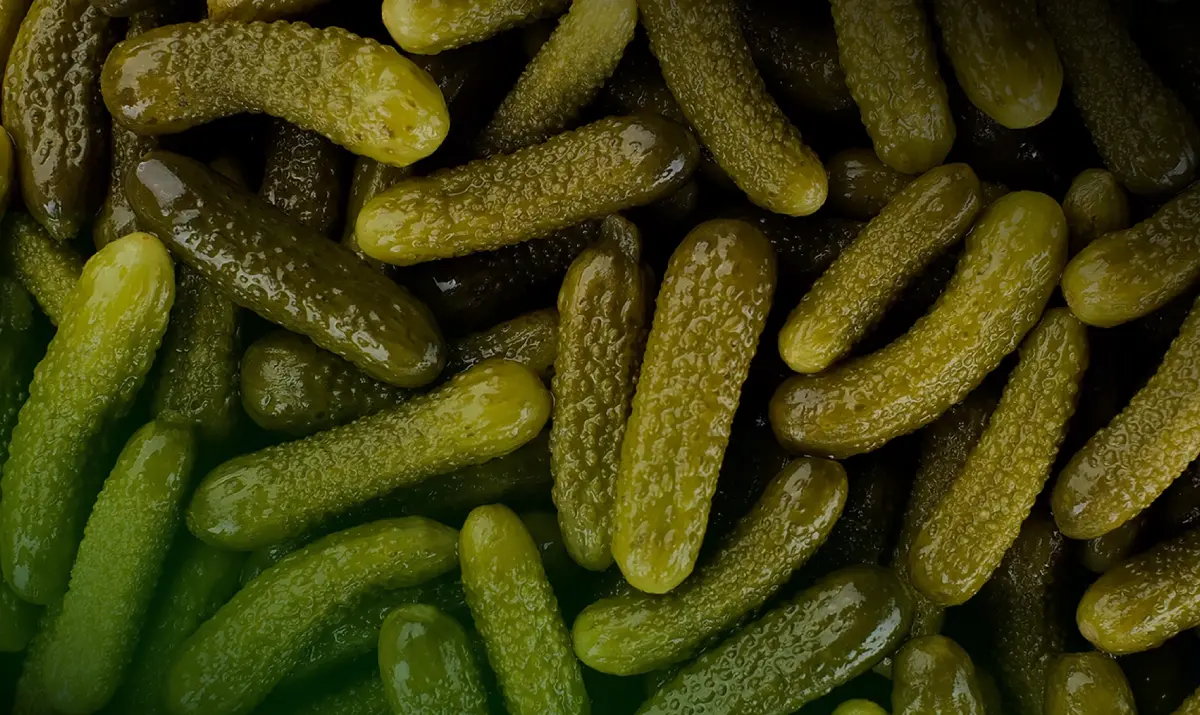Flavor Design for the Portion‑Conscious Consumer
Welcome to 2025, where less really is more—at least when it comes to food portions. Gone are the days of value-sized everything. Today’s consumers want just enough. Not too little. Not too much. Just right.
For flavorists—whether you’re blending extracts in a lab, crafting concepts in a test kitchen, or modeling volatile interactions on a screen—this shift in portion psychology isn’t just a packaging issue. It’s a design brief. Your job? Deliver the same level of satisfaction in half the size.
Smaller Portions, Bigger Expectations
Thanks to wellness trends, mindful eating, food waste concerns, and yes, the rise of GLP-1 medications, portion control is no longer niche. It’s mainstream. Single-serve snacks, mini meals, and 2-bite desserts are showing up everywhere. But here’s the twist: consumers don’t want to feel like they’re getting less. They want to feel like they’re getting just enough—satisfying, indulgent, intentional.
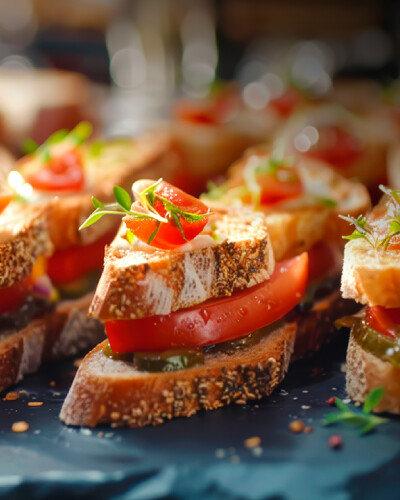
In fact, portion size is emerging as a key tool in personalized nutrition, letting brands better align with consumers’ goals for sugar, sodium, and fat reduction—without compromising experience.
Psychology at the Plate: What the Brain Thinks It’s Eating
The science is clear: our brains are easily influenced by what we see. Smaller packages reduce intake, even if taste stays the same. Meanwhile, oversized portions can push us to overeat, even foods we don’t particularly like (stale popcorn, anyone?).

So, how do you make a 20-gram bar or 60-mL shot feel as rewarding as a full serving? Through smart sensory sequencing.
- Hit hard up front with bold, aromatic top notes.
- Build complexity mid-bite through umami, spice, or fat mimetics.
- Leave a lingering finish to signal satiety.
If a single bite can tell a story, you’ve done your job.
Designing for Impact: Tools of the Trade
Designing for Impact: Tools of the Trade
Formulating for compact formats requires precision. The margin for error is slim (literally). Here are three techniques flavorists are using to deliver big flavor in small servings:

Microencapsulation
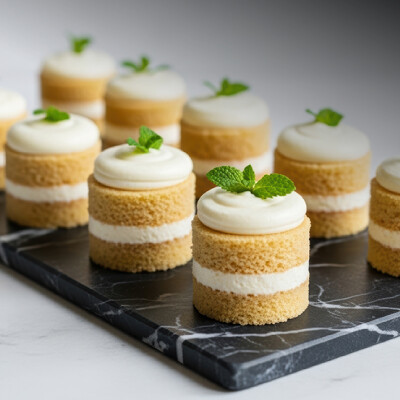
Layered Release

Sensory Enhancers
When Less Isn’t More: Earning Consumer Trust
Let’s address the elephant in the room: shrinkflation. Consumers are wary of brands offering less product at the same price. If a product gets smaller, but the flavor doesn’t hold up, that’s a problem.
A 2024 survey showed that 85% of shoppers consider portion size when deciding what to buy—more than those who check calories or sodium content. Transparency matters. If you’re reducing portion size, make sure the flavor payoff is just as bold. Better yet, make it better.
Clean-label ingredients, clear sensory claims, and flavor profiling data all help reinforce that you're not cutting corners—you’re elevating the experience.
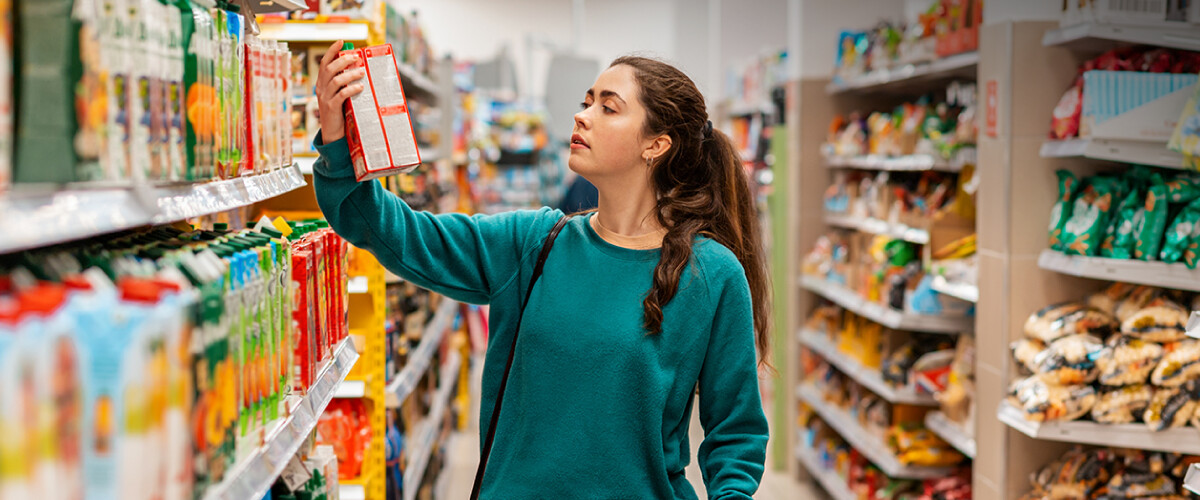
One Size Doesn’t Fit All
Portion expectations vary widely depending on who’s eating:

Solo Snackers

Gen Z
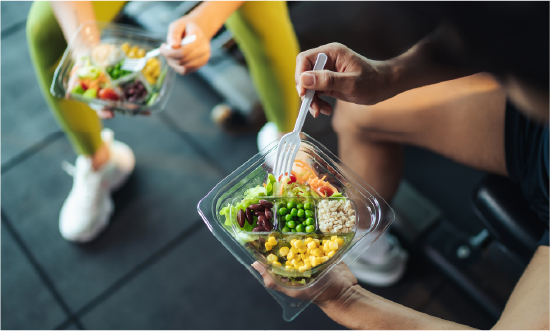
Wellnes-focused and GLP-1 Users

Older Adults
Tailoring flavor systems to meet these expectations means looking beyond trends and digging into how people consume food—not just what they eat.
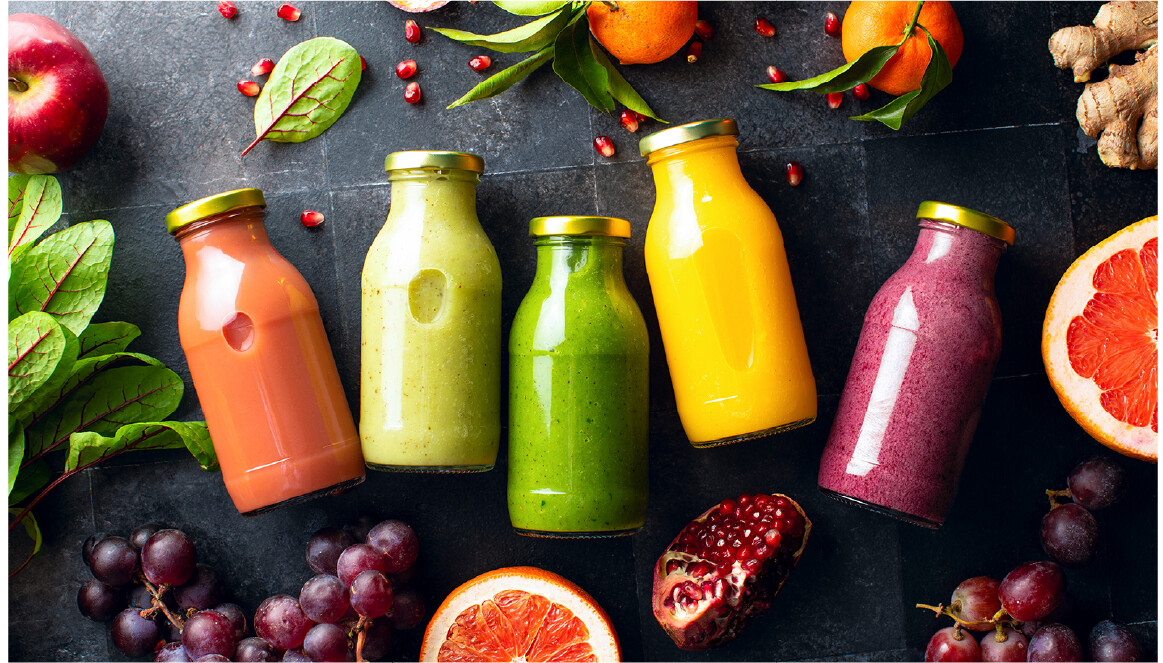
Where It’s Happening: Innovation in Action
If you’re looking for proof this isn’t just theory, check out:
- Wellness shots: 60-mL single-serves with botanical, citrus, or herbal notes, stabilized with encapsulation.
- Mini indulgent desserts: Two-bite spiced cakes or chocolate truffles with a flavor arc that unfolds in seconds.
- Portion-controlled savory soups: Single-serve packs with layered umami and long-lasting aromatics.
In each case, the consumer leaves the experience feeling satisfied, not shortchanged. That’s flavor science at its best.
Why It Matters (and Why It’s Fun)
Let’s face it: crafting big flavor in small spaces is an art form. It demands more than replication. It demands transformation.
In a world where "just right" portions are the goal, flavorists are the new storytellers—engineering emotional, sensory, and nutritional narratives into every small format product. You’re not just seasoning food. You’re building experiences, one carefully calibrated compound at a time.
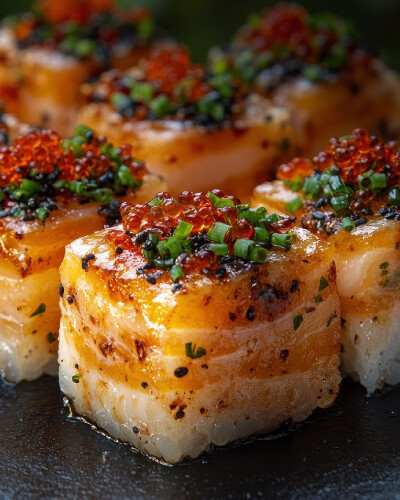
Final Thought
When the portion is small, the flavor has to speak louder. With the right tools, the right insight, and a little creative audacity, flavorists can deliver experiences that are anything but downsized. After all, satisfaction isn’t about how much you serve—it’s about how deeply it delights.
Insights & Trends

When Texture Talks Louder Than Taste
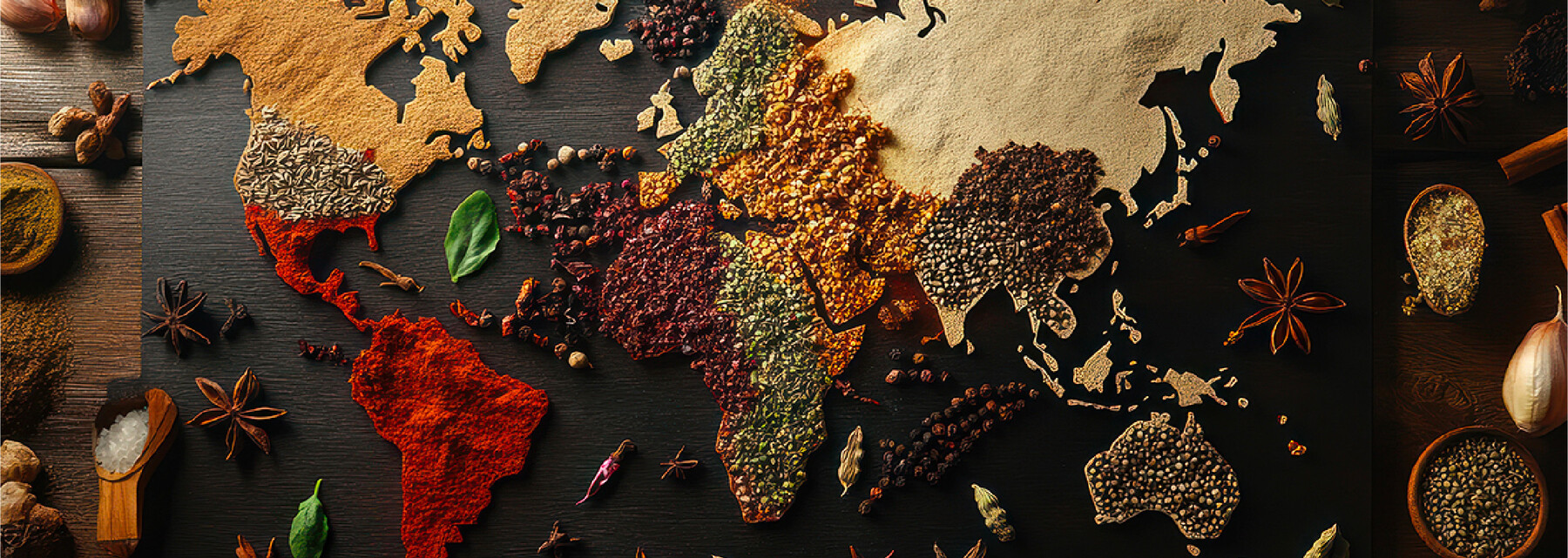
Spice. Sprinkle. Savor.
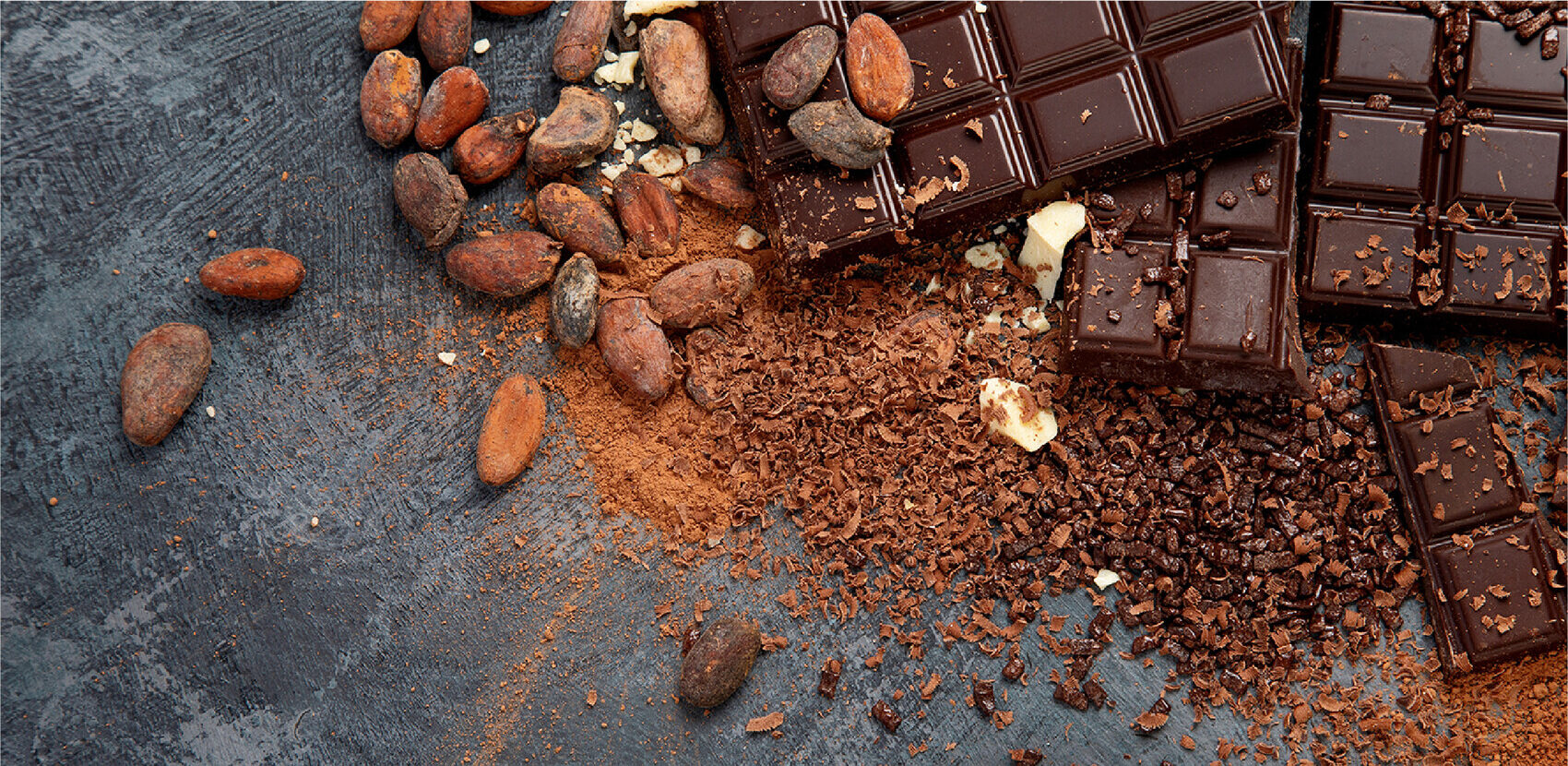
When Less Is More

From Snack to Savor

Precision Fermentation
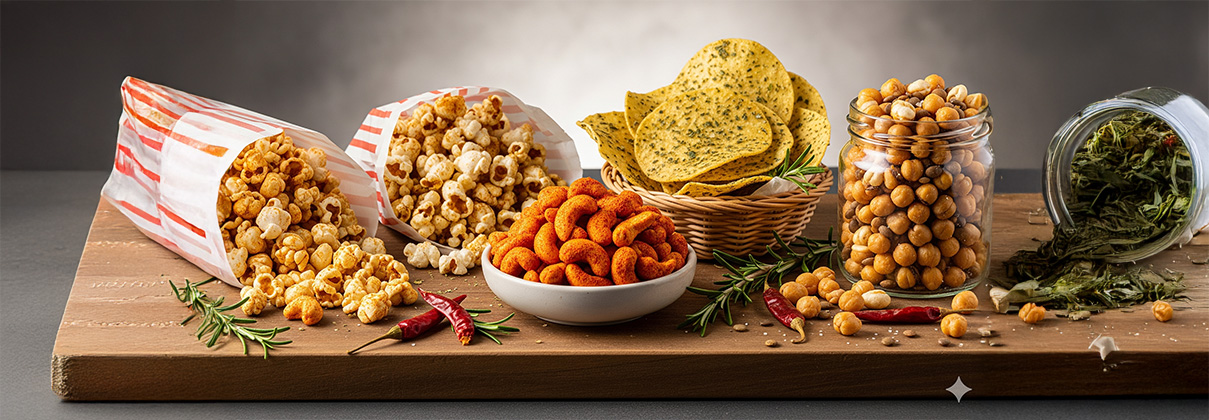
Snackification Nation
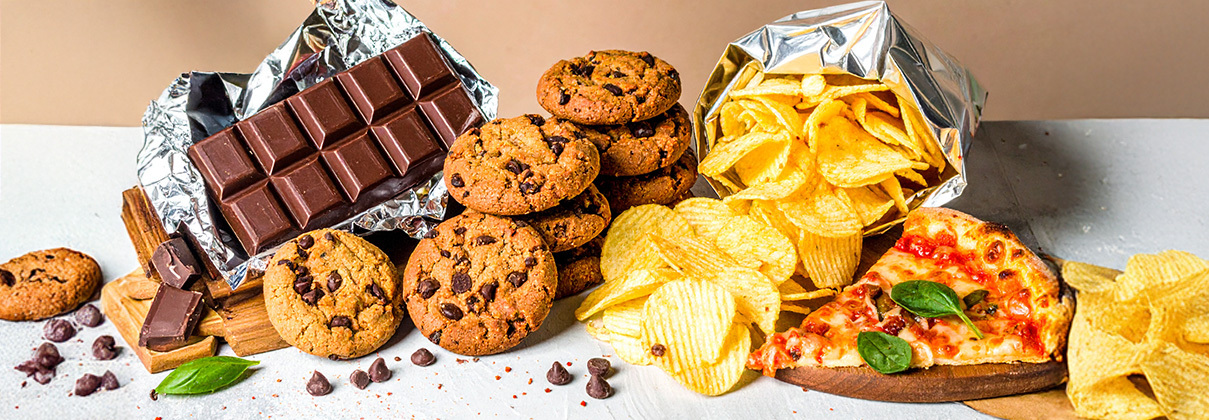
Snack to the Future

Fizz With Benefits
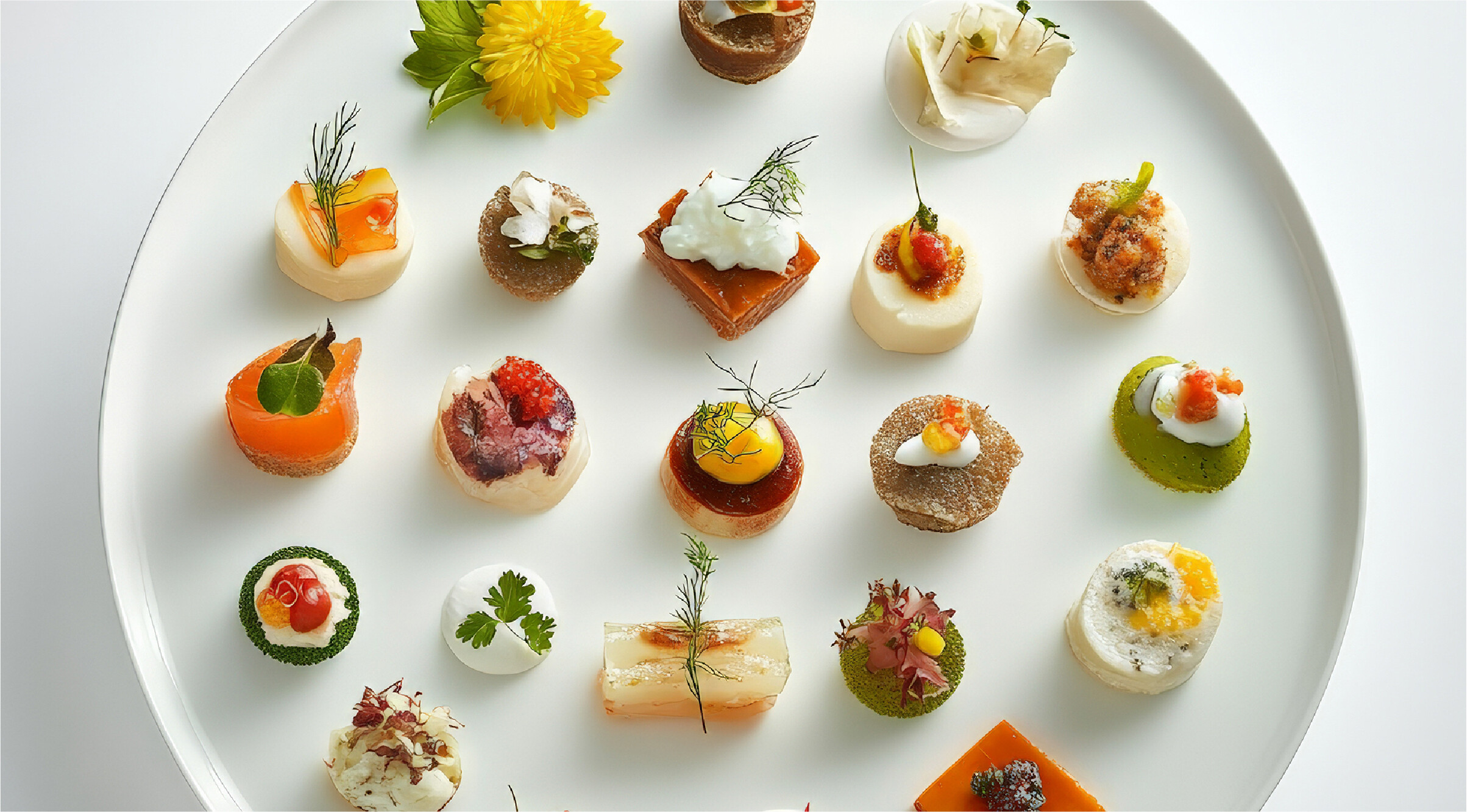
Satisfy in a Single Bite
